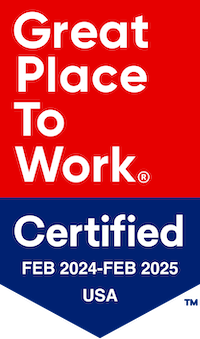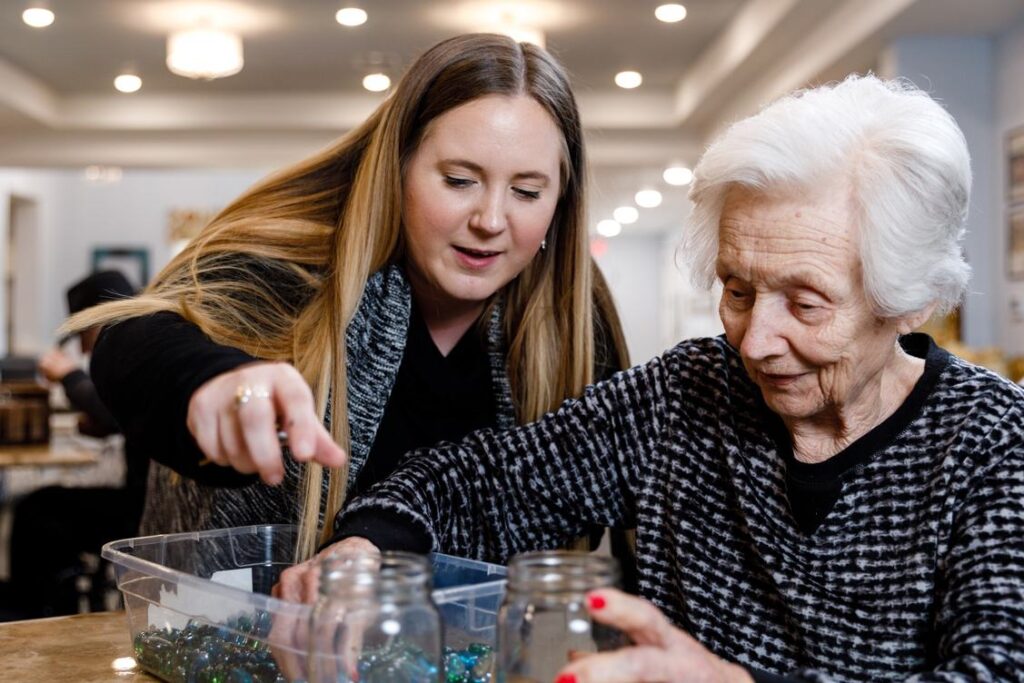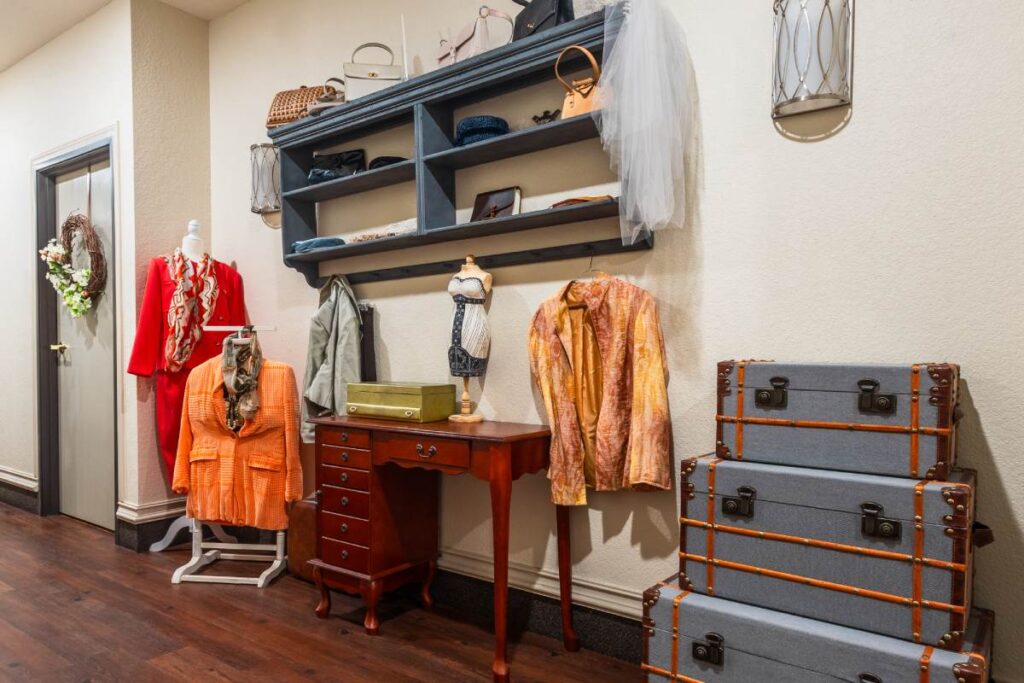Pandemic Response and Visitation Policy
According to the Centers for Disease Control and Prevention (CDC), COVID-19, commonly referred to as the coronavirus, is a novel disease that is causing viral respiratory illnesses around the world through person-to-person transmission. Current data indicate that the virus is mainly transmitted through close contact (approximately within six feet) with an infected person, often via exposure to respiratory droplets that are produced when the infected person coughs or sneezes. It is also possible for an individual to become infected by touching a surface or object that has the virus and then touching one’s mouth, nose, or eyes.
Proper hand hygiene and infection control protocols can be viewed here:
https://www.cdc.gov/clean-hands/about/index.html
https://www.cdc.gov/niosh/respiratory/about/index.html
Élan Manatee adopts this plan to prepare for and respond to a threat of a COVID-19 (Coronavirus Disease) pandemic that may cause serious widespread illness. Civitas Senior Living appoints the Executive Director as the local on-site Coordinator for the pandemic response plan. The Community has designated the ED/WD to be the COVID–19 safety coordinators to implement and monitor the COVID–19 plan and to ensure compliance with all aspects of the COVID–19 plan.
The purpose of this plan is to address the following issues related to pandemics:
- Creating a culture of infection control in the workplace, including systems to reduce infection transmission, and worker education.
- Establishing contingency plans to maintain delivery of services during times of significant and sustained worker absenteeism.
- Establishing partnerships with other members of the financial community to provide mutual support and maintenance of essential services during a pandemic.
Civitas Senior Living also appoints a team of executive-level and regional staff known as the Pandemic Response Team. The members of this team must include at least one person from each department of the home office, including at least one person from each regional team. The Coordinator and each Pandemic Response Team member will select a backup employee to assume their duties in case of their own illness. This person will be kept current on all emergency procedures and this list will be kept with this plan and updated as needed
Members of the Executive Pandemic Response Team include:
CEO, President, CMO, CPO, COO, EVP, CIO, CHRO, CFO, GC- Legal, SVP Wellness, VP F&B, VP Compliance, VPOs, RDW.
It is the duty of the Pandemic Response Team & Coordinator to:
- Monitor issues and information related to pandemics to keep our plan up to date.
- Recommend any changes to the plan as circumstances warrant.
- Conduct employee training.
- Communicate with public health agencies, emergency responders, and others regarding our plan, and understand their capabilities should an outbreak occur.
- Attend external training/seminars about pandemic outbreaks in order to remain current about the pandemic threat in our community.
- Implement this plan should it become necessary.
Pandemic Response Team members will have the following responsibilities:
- Identify and communicate to the Coordinator which employees, vendors, suppliers, and systems are essential to maintaining the operations of their community.
- Identify and communicate to the Coordinator the names of possible ancillary employees who could perform certain job duties in the case of a pandemic (e.g. consultants, temporary work services, retired employees, etc.).
- Develop and communicate to the Coordinator an emergency communications plan for their departments/locations, including identification of key personnel, vendors, and customers.
- Develop and submit a plan to continue operations at their community with the least possible number of staff.
- Ensure that all employees in their departments are adequately trained on emergency procedures in the case of a pandemic and in the prevention of illness.
- Assist the Coordinator in the implementation of this plan, if necessary, at their locations.
Screening & PPE
- Staff will be screened for symptoms of COVID-19 (chills, congestion/runny nose, fatigue, muscle or body aches, new loss of taste or smell, sore throat, fever, cough, shortness of breath, nausea, vomiting, or diarrhea). Staff with symptoms of COVID-19 will not be allowed to work until COVID-19 is ruled out, and/or the CDC return to work criteria are met. Employees will have their temperature checked. Employees with a fever will not be allowed to return to work until the CDC return to work criteria are met.
- All community staff, guest visitors, essential caregivers, and medical providers will be screened for symptoms of COVID-19 via the organization’s visitor screening system (Accushield). Visitors may also be screened by community staff. Those with symptoms including chills, congestion/runny nose, fatigue, muscle or body aches, new loss of taste or smell, sore throat, fever, cough, shortness of breath, nausea, vomiting, or diarrhea will be asked not to visit while ill and not to return to the community until they are free from fever and symptoms for 24 hours without the aid of medication and after 10 days since the onset of symptoms unless they have tested positive for COVID-19 within the last 90 days. These individuals may return once fever has subsided for 24 hours without the use of meds.
- All individuals seeking entry will be screened for close contact (within the past 14 days) with someone who is confirmed COVID positive. Those individuals who have been exposed will be asked to visit at another time once they have met the CDC exposure quarantine period. This applies to all individuals except for those who provide essential services such as doctors, nurses, home health, hospice, first responders, and individuals who have recovered from COVID-19 within the past 90 days.
- All residents and staff will have a symptoms screening and temperature checked for routine surveillance. Staff will be screened at the beginning and end of each shift. Residents will be screened daily.
Visitor PPE Policy
Universal Masks
- All vendors providing medical care are encouraged to wear a mask/face covering when in common spaces in the Community.
Routine Infection Prevention and Control Activities
- Post educational materials about the coronavirus that explain why infection control precautions are necessary.
- Post signs notifying residents, staff, and visitors to report any experienced respiratory symptoms to management.
Assisted Living and Memory Care Visitation
COVID-19 Vaccination Status
The Community may ask about a visitor’s COVID-19 vaccination status but must not require a personal visitor to provide documentation of their COVID-19 vaccination status as a condition of visitation or to enter the facility. A personal visitor may refuse to provide information about their vaccination status.
A person is considered fully vaccinated if they have received the second dose in a two-dose COVID-19 vaccination series or received one dose of a single-dose COVID-19 vaccination and it has been at least 14 days since receiving the vaccination. A personal visitor who does not meet this definition of fully vaccinated, including a visitor who refuses to provide information about their vaccination status, is considered to be unvaccinated.
Table of visitors allowed according to resident COVID-19 status
| Essential Caregivers (EC) | Required to allow for all residents with any COVID-19 status |
| Personal Visitors (not EC) | Required to allow for residents with any COVID- status |
| End-of-Life Visitors | Required to allow for all residents with any COVID-19 status |
| Providers of Critical Assistance | Required to allow for all residents with any COVID-19 status |
Essential Caregiver Visits
An essential caregiver visit is defined as a personal visit between a resident and a designated essential caregiver and is permitted for all residents with any COVID-19 status, including:
- COVID-19 negative;
- Unknown COVID-19 status; or
- COVID-19 positive
A negative COVID-19 test result is not required for essential caregivers.
The following requirements apply to essential caregiver visits:
- An essential caregiver visit is not allowed if the visitor has signs or symptoms of COVID-19 or an active COVID-19 infection.
- Essential caregiver visits can occur outdoors, in the resident’s bedroom, or in another area in the facility that limits visitor movement through the facility and interaction with other residents. A resident’s preference for where the visit occurs should be accommodated unless doing so would place the resident or visitor at risk or potentially violate another resident’s rights.
- The essential caregiver must be trained on the appropriate use of personal protective equipment (PPE).
- Essential caregivers do not have to maintain physical distancing between themselves and the resident they are visiting but must maintain physical distancing between themselves and all other persons in the facility.
The essential caregiver visitor must:
- Adhere to the policies and procedures related to infection prevention and control.
- Not participate in visits if the designated essential caregiver has signs and symptoms of COVID-19 or an active COVID-19 infection.
The Community may deny an essential caregiver the right to visit if they fail to comply with all visitation requirements.
End-of-life Visits
End-of-life visits are defined as a personal visit between a visitor and a resident who is receiving hospice services; who is at or near the end of life, with or without receiving hospice services; or whose prognosis does not indicate recovery. The Community should not wait until death is imminent to allow an end-of-life visit.
- End-of-life visits are allowed for all residents with any COVID-19 status, including:
- COVID-19 negative;
- Unknown COVID-19 status; or
- COVID-19 positive
- End-of-life visitors do not have to maintain physical distancing between themselves and the resident they are visiting, but they must maintain physical distancing between themselves and all other persons in the facility.




